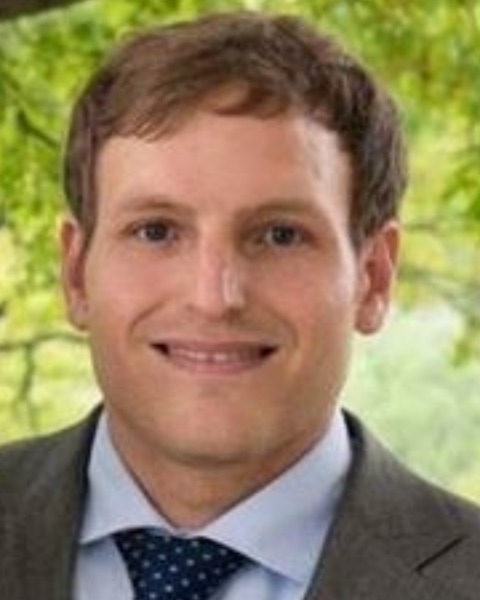SEMICON West
Smart MedTech
Smart MedTech Innovations: Emerging MedTech Monitoring Technologies
Emerging Technologies and Platforms for Occupational Health Monitoring
Thursday, July 11, 2024
12:15pm - 12:35pm PDT
Location: Smart MedTech Theater, Moscone South, Exhibition Level, Hall C

Michael C. Brothers
Michael Brothers
BlueHalo
Dayton, OH, United States
Speaker (SMedT)(s)
The need for technologies that can rapidly identify and quantify gas-phase analytes from breath or the environment has never been greater; the need cuts across the commercial sector, the residential sector, and the military. Notably, news articles and primetime television have highlighted the acute and long-term health impacts of warfighter exposure to chemicals emanating from burnpits, leading to the funding of the toxic exposures research program (TERP). Simultaneously, as more information is available, the list of hazardous chemicals is increasing and the limits of permissible chemical exposure are being reduced, due to both environmental and health concerns; ethylene oxide, a common sterilant used in the medical device industry is now being recognized as a potent carcinogen. However, technologies capable of identifying and quantifying hazardous chemicals in the environment and/or in breath in real-time are impractical for daily use due to their cost, their maintenance, and their high C-SWaP. Additionally, each gas-phase measurement platform has significant strengths and weaknesses only known to experts in the field that frustrate real-time occupational and environmental monitoring efforts and prevent the continuous monitoring of EPA and OSHA standards outside of spot-checks.
In this talk, we present 1) background into the specific needs and demands of gas sensing, 2) a quick survey of existing gas sensor platforms to better understand existing sensor technologies and their roles in addressing current market needs, 3) current market gaps left unfulfilled by existing technologies, and finally 4) present on two technology platforms (wearable, flexible gas sensor arrays and THz spectroscopy) we are developing to address current gaps in the gas-phase sensor market. Notably, we will discuss the technical challenges, hurdles, and solutions our team came up with to create a platform fully printed gas sensor array leveraging both ink-printed 2D materials in conjunction with novel biopolymeric coatings. Notably, we will discuss non-obvious technical challenges faced with moving thin-film technologies to mass-producible technologies and methods that can alleviate these manufacturing challenges. We will also discuss the science behind emerging optical-based platforms leveraging THz spectroscopy that can be used as autonomous monitors to quantify breath biomarkers, ethylene oxide exposure, and other occupational hazards and air toxics of interest to the MedTech community. Finally, this talk will close by discussing future opportunities to leverage these technologies in networks for occupational, environmental, and health monitoring.
In this talk, we present 1) background into the specific needs and demands of gas sensing, 2) a quick survey of existing gas sensor platforms to better understand existing sensor technologies and their roles in addressing current market needs, 3) current market gaps left unfulfilled by existing technologies, and finally 4) present on two technology platforms (wearable, flexible gas sensor arrays and THz spectroscopy) we are developing to address current gaps in the gas-phase sensor market. Notably, we will discuss the technical challenges, hurdles, and solutions our team came up with to create a platform fully printed gas sensor array leveraging both ink-printed 2D materials in conjunction with novel biopolymeric coatings. Notably, we will discuss non-obvious technical challenges faced with moving thin-film technologies to mass-producible technologies and methods that can alleviate these manufacturing challenges. We will also discuss the science behind emerging optical-based platforms leveraging THz spectroscopy that can be used as autonomous monitors to quantify breath biomarkers, ethylene oxide exposure, and other occupational hazards and air toxics of interest to the MedTech community. Finally, this talk will close by discussing future opportunities to leverage these technologies in networks for occupational, environmental, and health monitoring.
